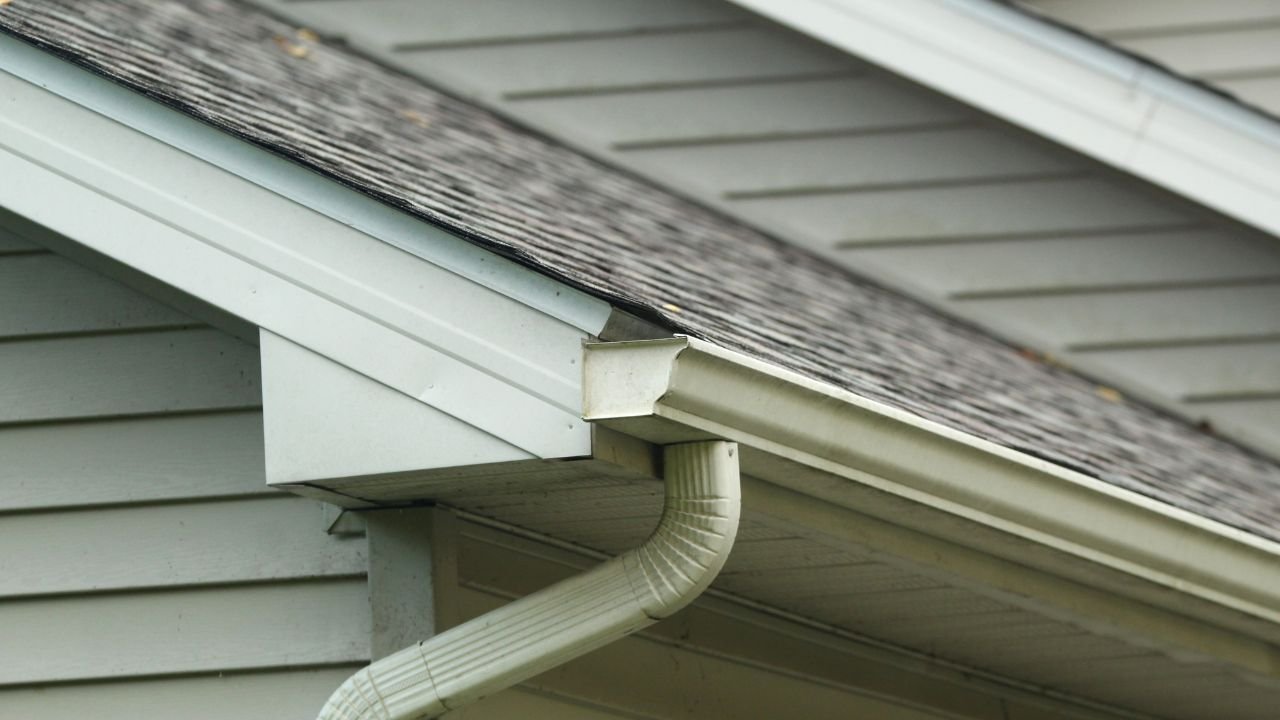Preparing Your Auburn Roof for Storm Season: Essential Tips and Tricks
As storm season approaches in Auburn, it’s essential to prepare our homes, particularly our roofs, to handle the severe weather that often comes with it. Properly preparing your roof is not just about preventing damage; it’s about ensuring the safety of your home and family during unpredictable weather. In this comprehensive guide, we’ll explore essential tips and tricks for roofing in Auburn to help you safeguard your home against the stormy season.
Importance of Storm Preparedness for Roofs in Auburn

Inspection and Maintenance

Pre-Storm Roof Inspection Checklist

Shingle Condition
Examine shingles for missing, cracked, or curling areas. Damaged shingles are more likely to fail during a storm.

Flashing
Ensure the metal flashing around chimneys, vents, and skylights is secure and free from rust or gaps. Properly sealed flashing prevents water from seeping into your home.

Gutters and Downspouts
Check that gutters are securely attached and clear of debris. Downspouts should effectively channel water away from the foundation to prevent overflow.

Attic Inspection
Look for signs of leaks, water stains, or daylight shining through cracks in the roof. These can indicate underlying issues that need addressing.

Tree Limbs
Trim any overhanging tree limbs that could fall on your roof during high winds, reducing the risk of damage.
Identifying and Repairing Weak Spots Before the Storm Hits


Reinforcing Your Roof
Techniques for Strengthening Your Roof Against High Winds and Heavy Rain
- Add Extra Fasteners: Strengthen your roof by adding hurricane clips or straps to anchor it more securely to the home’s structure. This prevents the roof from being lifted off during high winds.
- Secure Loose Shingles: Loose shingles are more likely to be damaged or removed by strong winds. Ensure all shingles are firmly attached by nailing down loose edges and applying roofing cement where needed.
- Reinforce Flashing: Properly secure and seal flashing around chimneys, vents, and other roof penetrations. This helps to prevent water from entering your home during heavy rains.
Adding Extra Fasteners and Securing Loose Shingles

Gutter and Drainage System Maintenance


Importance of Clean Gutters and Downspouts for Storm Readiness
How to Prevent Water Buildup and Leaks During Heavy Rainfall

Clean Gutters Regularly
Remove leaves, twigs, and other debris from your gutters to ensure proper water flow. This should be done at least twice a year or more frequently if you have overhanging trees.

Check Gutter Attachments
Ensure gutters are securely fastened and free of damage. Loose or damaged gutters can cause water to spill over and potentially damage your roof and foundation.

Ensure Proper Downspout Function
Downspouts should direct water at least five feet away from your home’s foundation. If necessary, add extensions to achieve this.
Choosing Storm-Resistant Materials

Best Roofing Materials for Storm-Prone Areas
- Impact-Resistant Shingles: Made from a combination of asphalt and fiberglass, these shingles are designed to resist damage from hail and debris. They offer superior protection compared to standard shingles.
- Metal Roofing: Known for its durability, metal roofing can withstand high winds and flying debris. It also has a longer lifespan than traditional asphalt shingles, making it a valuable investment.
Benefits of Impact-Resistant Shingles and Metal Roofing
- Enhanced Protection: Both materials offer superior resistance to storm damage, helping to prevent leaks and structural damage.
- Increased Home Value: Investing in durable, storm-resistant roofing materials can increase the value of your home.
- Insurance Benefits: Some insurance companies offer discounts for homes with impact-resistant shingles or metal roofing, further enhancing their value.

Emergency Preparedness
Steps to Take During a Storm to Protect Your Roof
- Secure Outdoor Items: Bring in or secure any outdoor furniture, decorations, or equipment that could become airborne and damage your roof.
- Monitor the Weather:Keep an eye on weather updates and be prepared to take action if conditions worsen. If you have a safe place to monitor your roof, such as an attic window, do so to catch any issues as they arise.
- Stay Indoors: Avoid going outside during the storm to prevent injury. Focus on staying safe and wait until the storm has passed to assess any potential damage.
What to Do Immediately After a Storm Passes
- Inspect for Damage: Conduct a visual inspection from the ground. Look for missing shingles, damaged flashing, or any signs of leaks inside your home.
- Document the Damage: Take photos and notes of any damage for insurance purposes. This documentation will be crucial for filing claims and assessing repair needs.
- Contact a Professional: For significant damage, contact roof repair services close to you as soon as possible. They can assess the damage and perform necessary repairs to prevent further issues.
Insurance and Warranty Considerations

Understanding Your Roof’s Insurance Coverage
How Warranties Can Protect Against Storm Damage
Conclusion
Frequently Asked Questions
Common issues include missing or damaged shingles, leaks, and water damage due to clogged gutters.
Inspect your roof at least twice a year, before and after storm season.
Minor reinforcements can be done by homeowners, but it’s best to hire a home improvement specialist for more extensive work.
Document the damage, contact your insurance company, and then reach out to roof repair services for repairs.
Yes, metal roofing is durable and resistant to high winds and debris, making it ideal for storm-prone areas.
Keep gutters and downspouts clean and ensure they direct water away from your foundation.
Impact-resistant shingles and metal roofing are excellent choices for storm-prone areas.
Most standard homeowners’ insurance policies cover storm damage, but review your policy for specifics.
